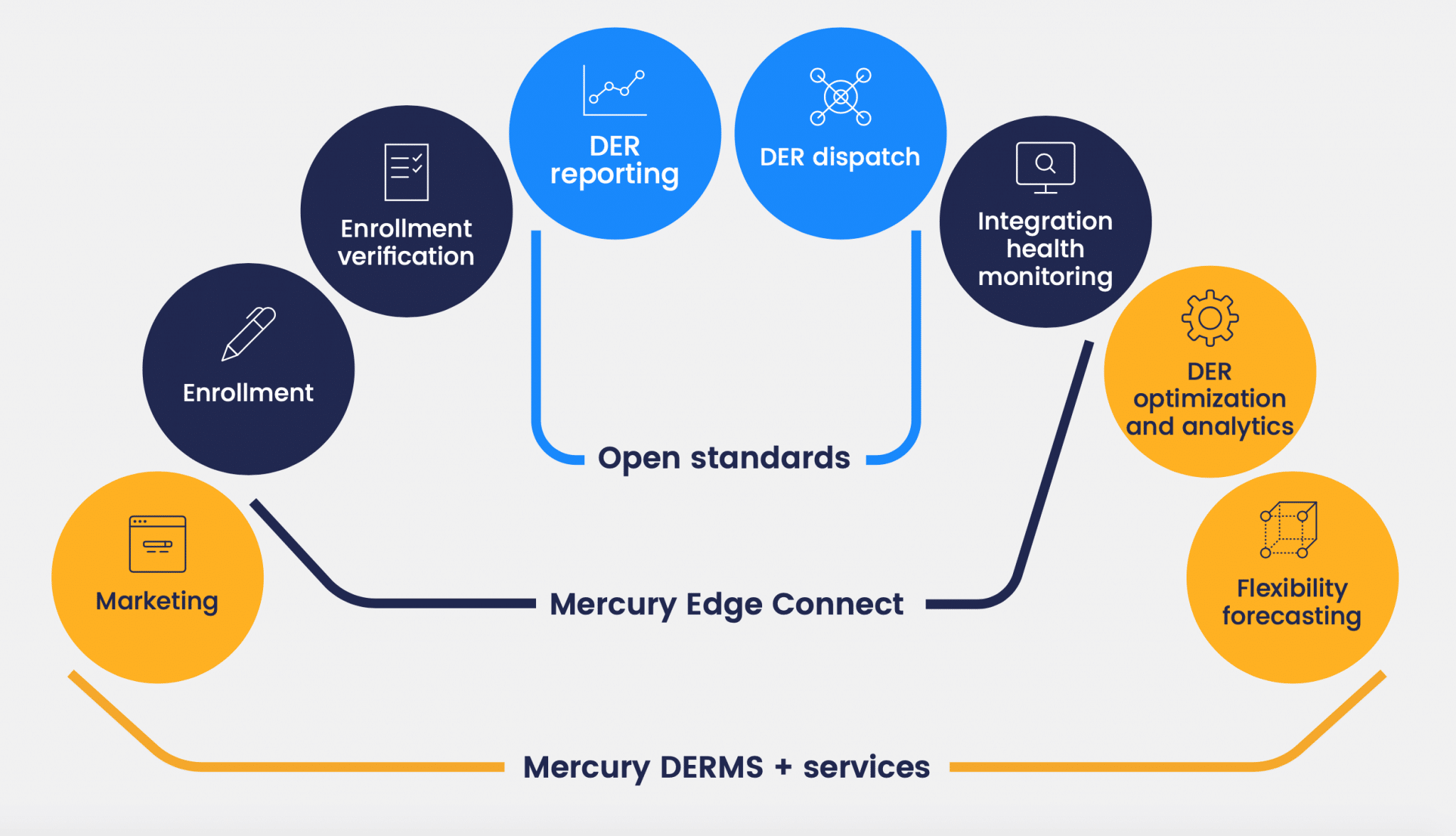White paper: Managing grid-edge DERs for grid reliability

Legacy DERMS are unlikely to have the ability to respond to the proliferation and complexity of customer-sited DERs. Those DERMS, which were derived from early ADMS or low-tech DRMS software, lack the agility and flexibility needed to respond to greater penetration of DERs as the grid evolves.
This white paper describes how the growth of grid-edge DERs requires a DERMS that was designed and developed with the grid-edge in mind. The paper discusses market drivers, critical DERMS functionality required to manage grid-edge assets, and enabling customers to participate in in utility programs, and gives specific examples on how utilities can use a DERMS to effectively manage their system from the grid-edge to the substation.
Want to learn more about how employing a DERMS can help your utility manage the evolving grid? Fill out the form on the right to download our white paper.

Download the resource
Interested in keeping up with the latest dispatch from the grid edge?
Get our next post in your inbox.
Reach out to us
We empower utilities to harness flexibility at the grid edge to meet their immediate needs and long-term strategic goals. Talk to an EnergyHub expert about your DER needs.


